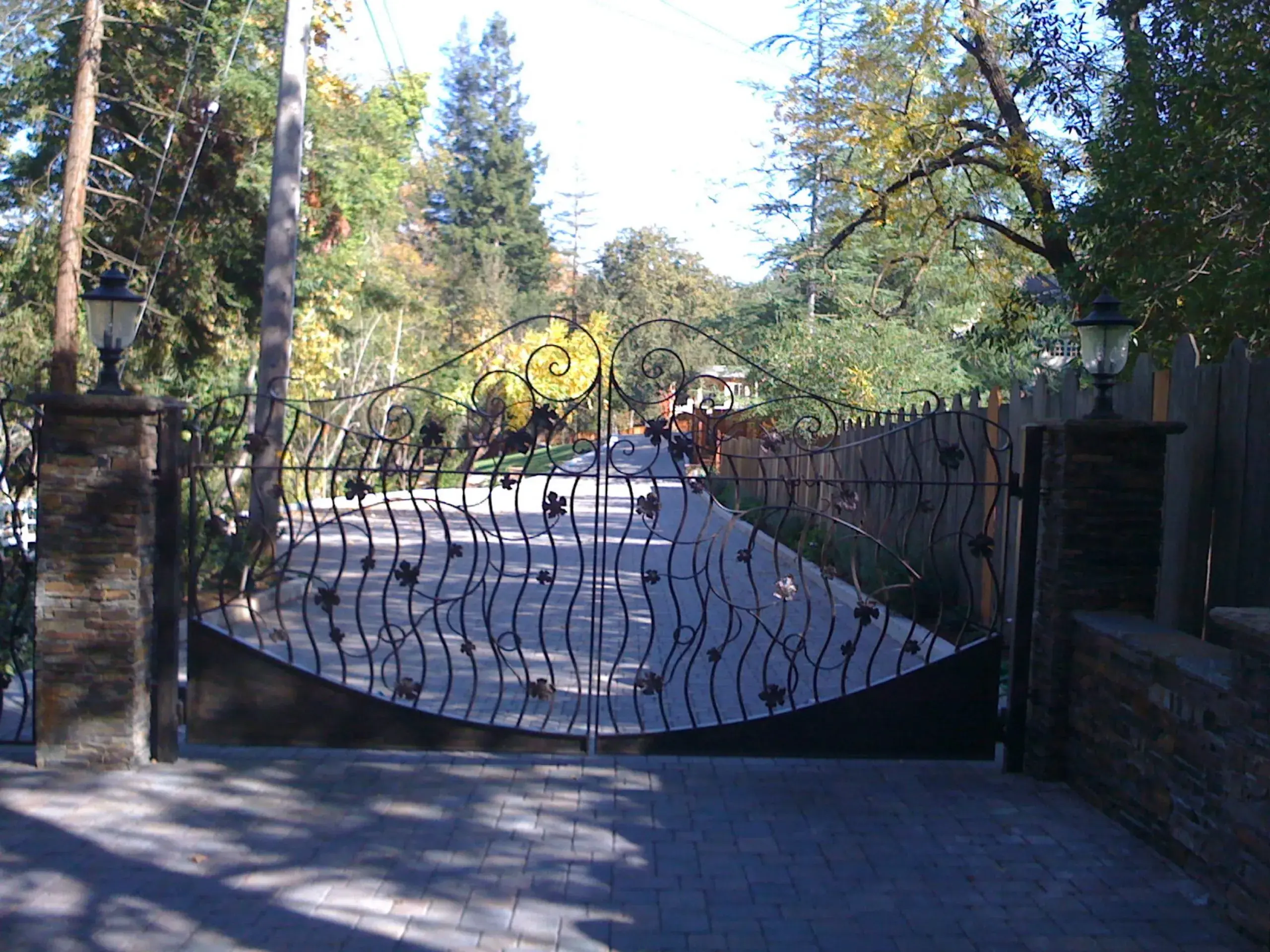
Such statistics point towards an urgent need for understanding common issues that plague these mechanical marvels and practical strategies for their resolution. The ensuing discourse delves into two broad categories of automatic gate problems: mechanical failures and electrical glitches. By demystifying these complications, it aims to empower individuals with the requisite knowledge to identify potential malfunctions before they exacerbate into more serious issues or pose safety risks.
It serves as an indispensable guide for those who seek not just to comprehend how gates function but also how they can falter — thus creating a sense of community for those who value safety, autonomy, and proficiency in dealing with technology around their abode or workplace.
Dealing with Mechanical Failures
When confronted with mechanical failures in automatic gates, a myriad of potential issues could be the source of the problem, making their identification and resolution an intriguing puzzle that requires careful scrutiny.
The most common mechanical faults stem from either gate motor or transmission problems. Motor failures are typically due to overuse or lack of maintenance, which can cause overheating and eventual burnout. Likewise, transmission issues often occur as a result of worn-out gears or obstruction in the gear system blocking smooth operation. A comprehensive understanding of these complexities aids in sustainable maintenance practices ensuring longevity and optimal performance.
In order to rectify these problems appropriately, it is imperative to have an extensive knowledge about gate mechanisms and possess the ability to diagnose accurately. For instance, addressing motor-related issues may involve replacing burnt-out motors with new ones or implementing regular servicing routines to prevent excessive wear-and-tear. Similarly, fixing transmission problems might entail removing any obstructions in the gear system or replacing deteriorated gears entirely.
While these tasks may seem daunting at first glance, they foster a sense of belonging among automatic gate owners as they become active participants in maintaining their property’s security rather than mere recipients of services provided by professionals. Indeed, this intimate involvement not only ensures continued functionality but also engenders a deep-seated sense of accomplishment and pride for having mastered such technical skills.
Troubleshooting Electrical Glitches
Electrical glitches in security barriers often pose significant challenges that necessitate thorough troubleshooting for efficient operation. These problems can arise from various components such as the gate’s motor, sensors, control board or power supply and can manifest in symptoms like erratic opening and closing, complete failure to operate or even unresponsive remote controls.
Recognizing these signs early is vital to maintaining the integrity of an automatic gate system and requires an understanding of how each component interacts with the others within the system.
Three common electrical issues and their potential fixes include:
– Motor Problems:
– Motor not running: This may be due to a blown fuse or circuit breaker which requires replacement or reset respectively.
– Motor running but gate not moving: This could indicate a damaged gear within the motor unit requiring repair or replacement.
– Sensor Issues:
– Gate does not stop when obstructed: This might suggest a faulty safety sensor that needs realignment, cleaning or replacing.
– Gate opens/closes randomly: A misaligned sensor might cause this issue; it requires proper alignment to ensure it functions correctly.
– Control Board and Power Supply Problems:
– The gate operates intermittently: It may be due to loose wiring connections on the control board needing tightening.
– The gate doesn’t operate at all: Check if there’s power reaching the control board; if not, inspect for any breakers tripped off.
Understanding these common problems equips one with knowledge on how best to safeguard against frequent disruptions in service caused by electrical glitches. However, complex issues should always be left to professionals who possess specialized skills and tools necessary for comprehensive diagnostics and repairs without risking further damage to your automatic gate system.
